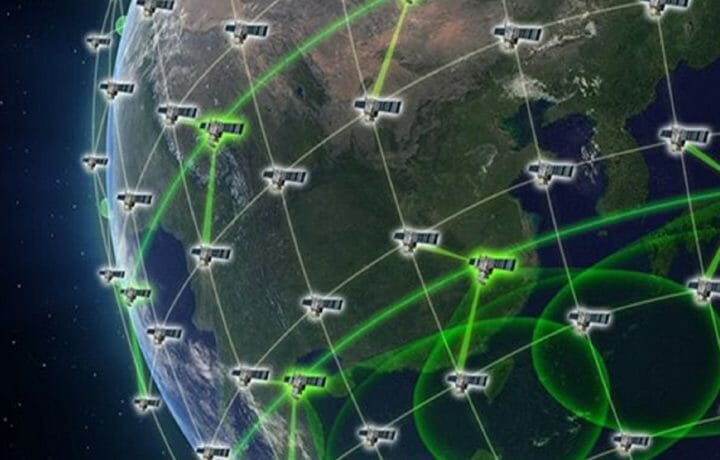As the United States enters perhaps the most exciting decade of space exploration since the sixties, it will do so not only as a part of federal agencies but in conjunction with a growing number of commercial allies as well. Commercial exploration has made deserved headway in the press, but the use of satellite imagery and reconnaissance are undergoing a similar transition. While this private entry into space has been the result of decades of progress—and was likely inevitable as a result—how the country is preparing itself for space in the twenties may hinge on the cooperation of the federal government.
Leveraging Commercial Capabilities for Maximum Benefits
Such cooperation has been characteristic of the current administration and is outlined in the current Senate version of the 2021 defense policy bill. In an amendment (SA 1238) to the Senate NDAA, there includes a provision mandating that the DoD “shall leverage, to the maximum extent practicable, the capabilities of United States industry, including through the use of commercial geospatial-intelligence services and acquisition of commercial satellite imagery.”
The reasons for leveraging private capabilities are clear: promoting investment and scientific resources to commercial and academic institutions is critical for the United States to maintain technological superiority. In action, the language would position the government as a buyer of imagery rather than the owner of the satellites themselves.
Legislation Forces NRO to Consider Commercial Satellite Options
The United States Government is already the world’s largest customer in space capabilities. The DoD, along with the US Intelligence community, NASA, and NOAA, comprise the majority of purchases. Despite its investment, its approach has been mostly hands-off, with focusing on commercial space usage not at the forefront of most policy platforms.
The solution SA 1238 includes is cost-effective and would free up the investment of other technologies. Still, it has received opposition; opponents cite the overlapping of the National Reconnaissance Office (NRO) and the National Geospatial-Intelligence Agency (NGA) as an unresolved consequence of the current legislation.
The above provision will require the NRO to consider commercial solutions on any analysis of future spy satellites. It states:
The Director of the National Reconnaissance Office, as part of an analysis of alternatives for the future acquisition of space systems for geospatial-intelligence, shall–
-
- consider whether there is a suitable, cost-effective, commercial capability available that can meet any or all of the geospatial-intelligence requirements of the Department and the intelligence community;
-
- if a suitable, cost-effective, commercial capability is available as described in paragraph (1), determine whether it is in the national interest to develop a governmental space system for geospatial intelligence; and
-
- include, as part of the established acquisition reporting requirements to the appropriate committees of Congress, any determination made under paragraphs (1) and (2).
Legislation First; Funding for Commercial Satellite Usage Second
Not included in the provision are specific funds for the NRO and NGA to expand their commercial activities. The industry group SmallSat Alliance is urging Congress that additional money for commercial operations be included. Even so, this sort of usage has been in the works since before the current legislation was introduced. The NRO has been reviewing commercial imagery products since 2019 and expects to award multiple contracts by the end of this year. Currently, the NRO has study contracts with BlackSky Global, HySpecIQ, Maxar Technologies and Planet, Capella Space, and HawkEye 360.
“NGA expects unclassified space-based geospatial data to become ubiquitous and widely available to add value to many commercial industries, academic institutions, military services, government organizations, and NGOs,” said Dave Gauthier, director of NGA’s Commercial and Business Operations Group. “The commercial geospatial market is booming, especially in remote sensing. The opportunity for GEOINT to improve decision-making in near real-time is massive. Increasing our active partnerships across government and industry, both domestically and internationally, is critical.”
Trending Changes in U.S. Space Policy
The vision? A future network of diverse suppliers and capabilities comprised of national and commercial satellites. This system will be a hybrid—both large and small satellites operating across security domains. To pass under the current wording, the NDAA will need to get through the House. Pass or not, the bill indicates a trend toward commercial imagery use and could mark a notable shift in U.S. space policy going forward.




